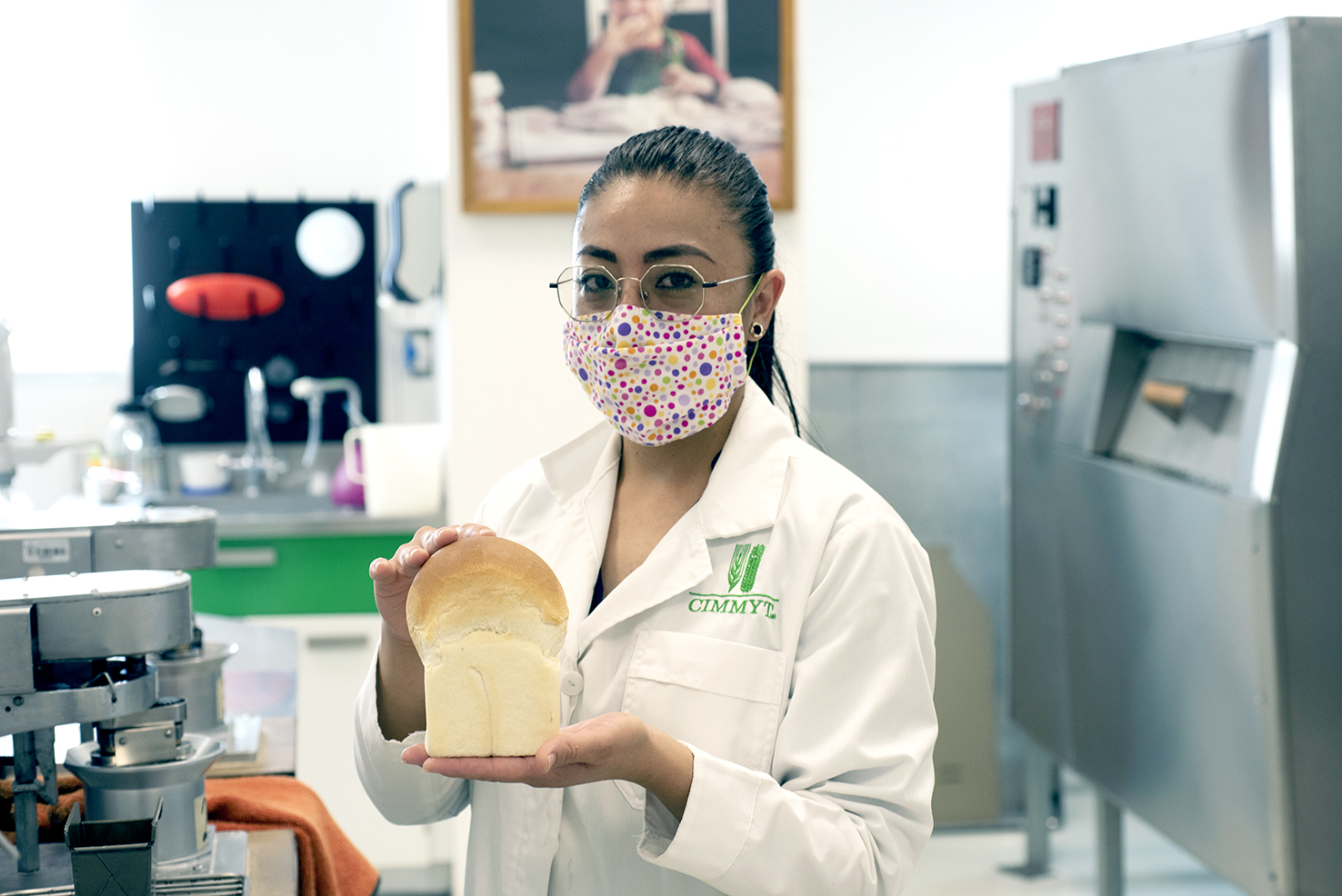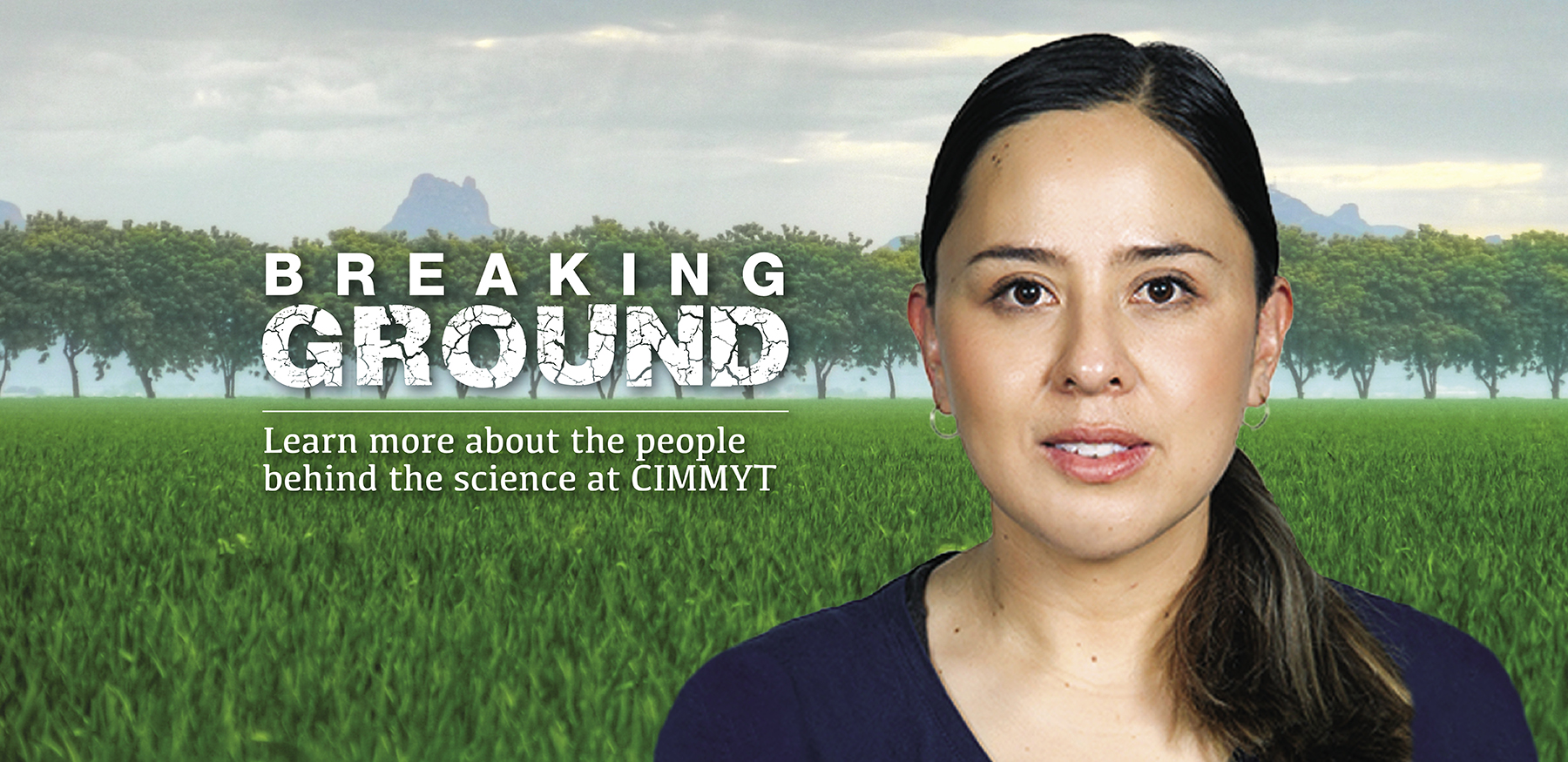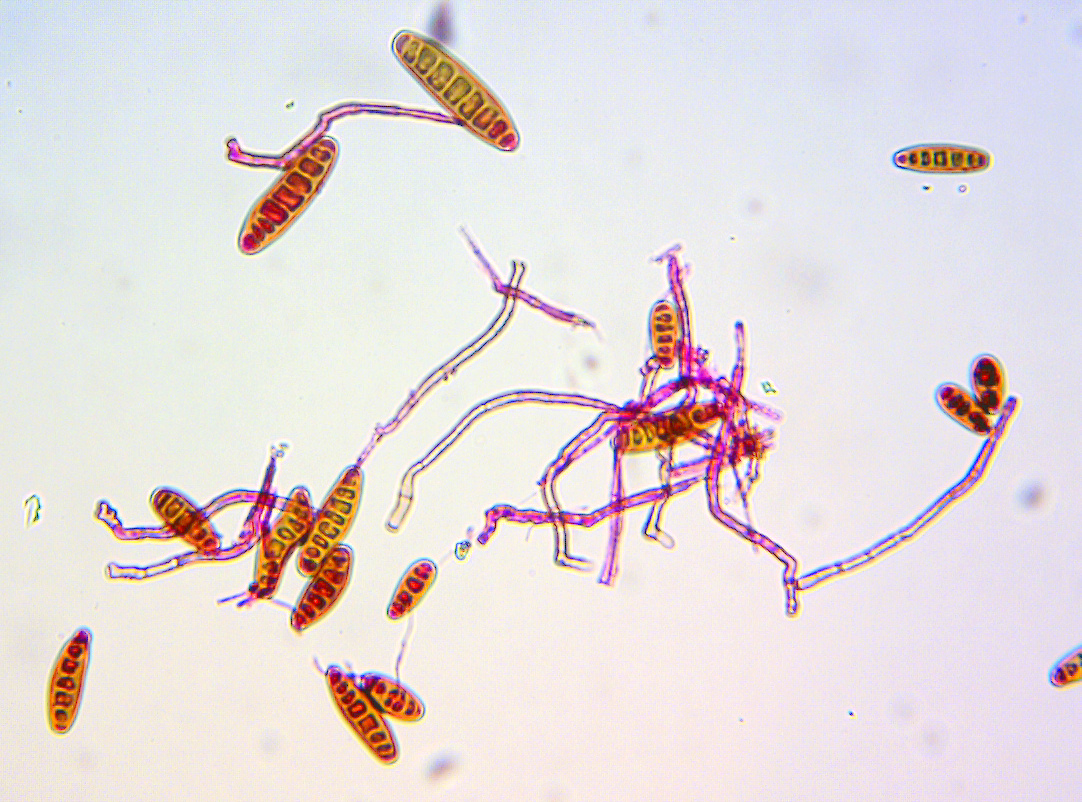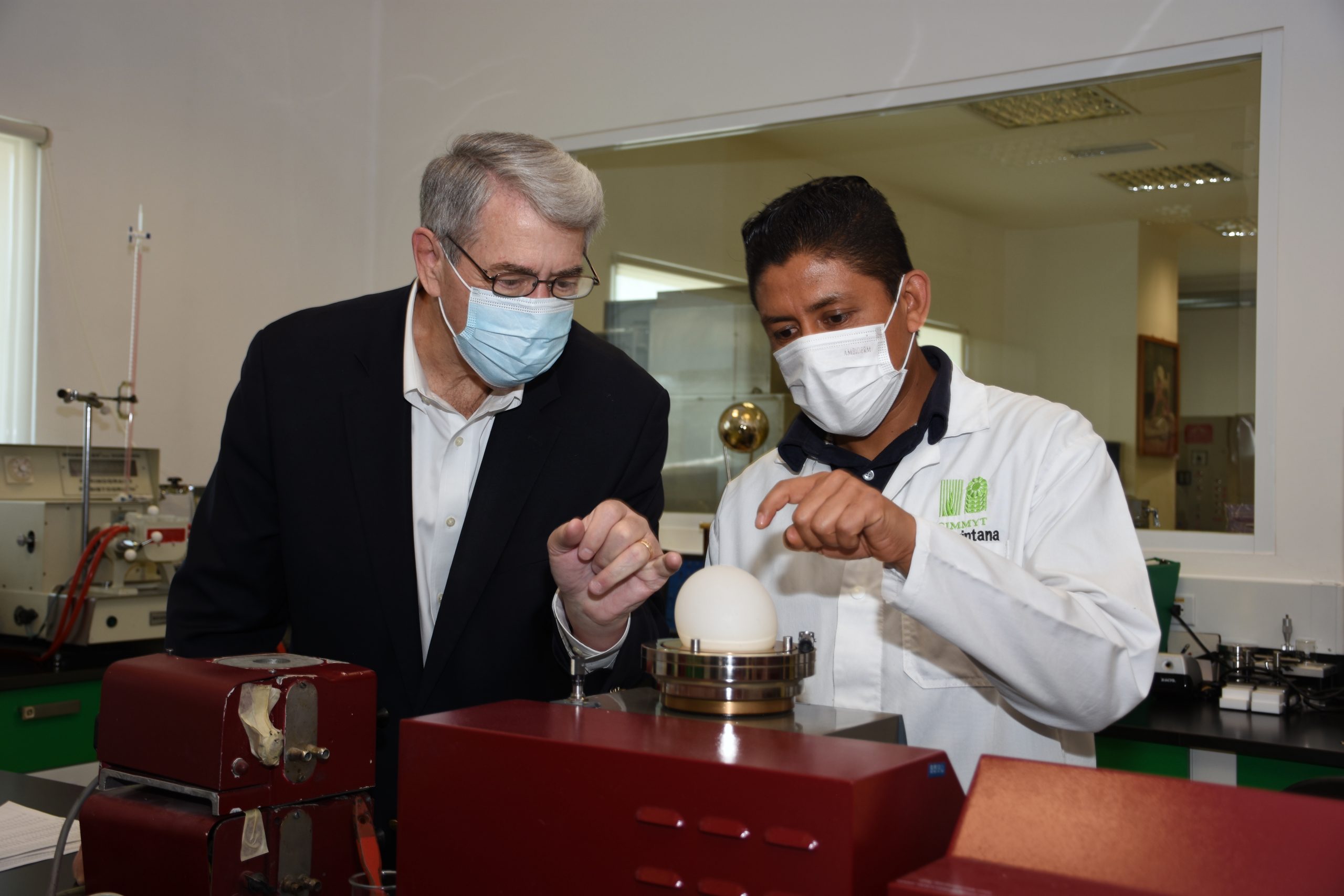Have you ever considered that bread and pasta are made from different types of wheat? How about the fact that there are thousands of different wheat products consumed around the world, and each one has unique characteristics and processing requirements?
Scientists at the International Maize and Wheat Improvement Center (CIMMYT) understand that the quality of the final product, be it spaghetti, a loaf of sourdough bread or a tandoori naan, is highly dependent on the quality of the grain and the flour it becomes. Every year, CIMMYT analyzes thousands of wheat lines in detail at its Wheat Quality laboratory to determine the nutritional, processing and end-use quality of the grain. In this short video, CIMMYT’s Wheat Quality lab head Maria Itria Ibba explains exactly what they are looking for and how they find it.
First, CIMMYT scientists test the overall grain quality by analyzing grain weight, density, protein content, moisture content and hardness.
The grains are then milled into flour, which is again analyzed for moisture content, protein content, color and protein quality. Protein quality is especially important to determine the end-use for the type of flour, and CIMMYT conducts several tests to determine this characteristic. Bread and durum wheat flours specifically are analyzed for overall protein quality by checking SDS-sedimentation volume. Mixographs are used to assess the flour’s mixing and absorption characteristics, and alveographs are used to measure dough deformation properties.
At the end of the tests, bread wheat flours are transformed into leavened breads and scored based on the loaf’s volume and crumb quality. Durum wheat flour, used to make Italian-style pasta, is scored based on grain quality, flour yellowness, high protein content and protein quality.
CIMMYT’s work ensures that wheat-derived foods produced in developing countries are nutritious, affordable, and maximize profits for each actor in the value chain.
Cover photo: At CIMMYT’s Wheat Quality lab, researchers evaluate how different bread wheat varieties behave at the time of baking. (Photo: CIMMYT)


 Capacity development
Capacity development 
